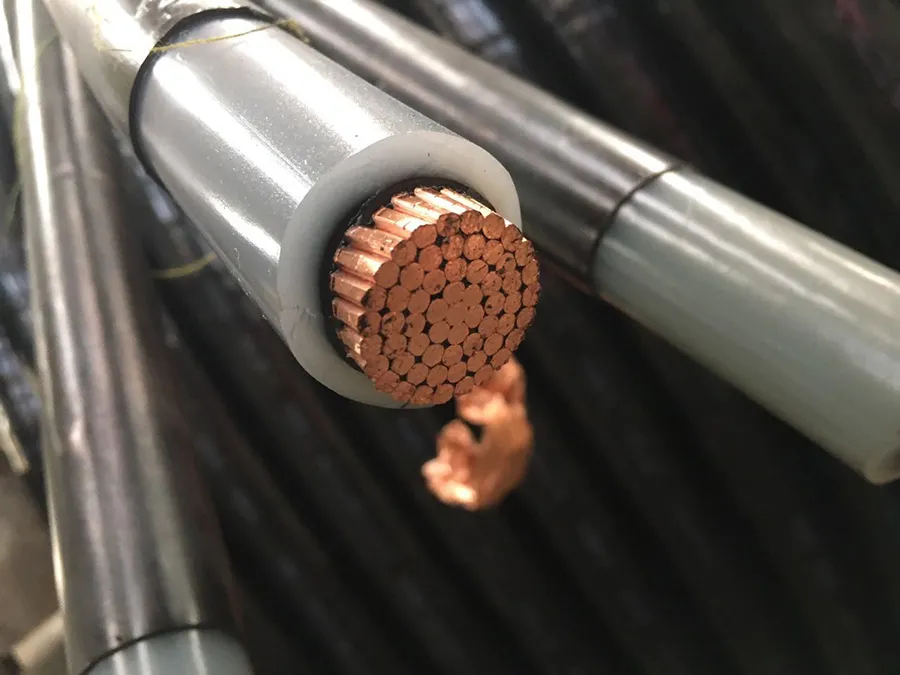A high voltage cable refers to a cable designed to transmit electric power at high voltages typically ranging from 69kV to over 800kV. High voltage cables play an essential role in the electrical power industry by enabling transport of large amounts of electrical energy across power grids. High voltage cables come in various sizes and types, including underground and overhead cables.
The design of high voltage cables is different from low voltage ones because of factors like the size of the conductor, frequency, and insulation material used in the cable. High voltage cables have a larger cross-section compared to low voltage cables for efficient transmission of electrical energy. Some high voltage cables come with a shield to assist in the reduction of electrical interference, insulation for protection against sparking, and a metal cladding for protection against environmental factors. High voltage cables are used in power generation, power transmission, transportation, and industrial applications.
The primary purpose of a high voltage cable is to transport electrical energy over a long distance efficiently. High voltage cables are commonly used in power generation and transmission applications, where large amounts of electrical energy need to be transported from power plants to different areas. High voltage cables allow for efficient power transmission by reducing power loss through heat, which is a common issue in low voltage cables.
Another benefit of high voltage cables is their ability to operate over long distances. High voltage cables can transmit electricity over hundreds of kilometers, making them ideal for long-distance power transmission. They are particularly useful in areas where power generation is far from the customer, such as rural areas.
High voltage cables can be designed to withstand different environmental factors like temperature, moisture, and pressure. For instance, underground high voltage cables are specially designed to withstand the pressure of the earth, while overhead cables are designed to withstand harsh weather conditions like rain, wind, and snow.
High voltage cables are also used in industries such as aerospace, transportation, and healthcare. In aerospace, high voltage cables are used in aircraft to transmit electrical power to various components. In transportation, high voltage cables are used in electric vehicles to power the motor. The healthcare industry uses high voltage cables in medical equipment, such as X-ray machines.
In conclusion, high voltage cables are critical components in power generation and transmission, transportation, and aerospace industries. The cables are designed to transmit large amounts of electrical energy efficiently over long distances, making them ideal for power transmission applications. They come in various sizes and types designed to withstand different environmental factors, making them versatile in a broad range of industries. High voltage cables are crucial for the world's infrastructure and will continue to play a vital role in power generation and transmission for years to come.
